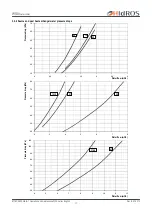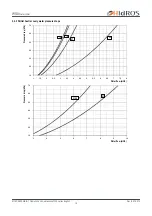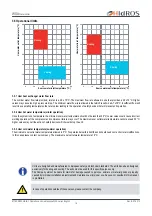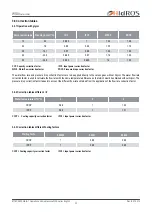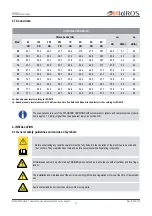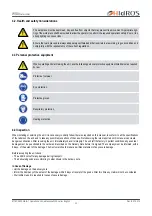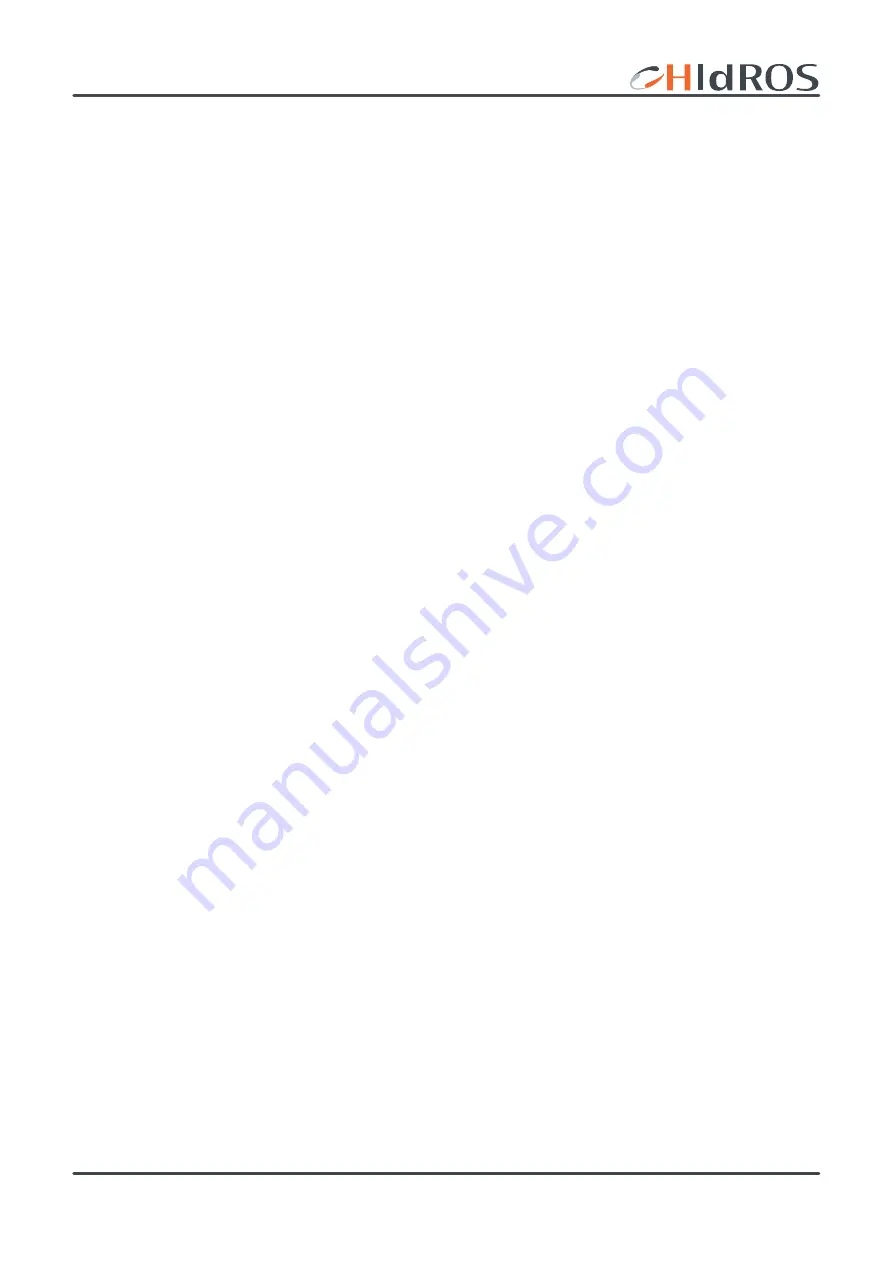
Rev. B 07-2013
14
MTEC.3800.GB-B-1 Operation and maintenance WSA series English
WSA
Water chiller
3.3.1 Low noise version (LS)
This version includes the complete acoustic insulation of the unit (comp heat exchangers vanes) with compressor jackets and
insulating material made with high density media and the interposition of heavy bitumen layer.
3.3.2 Partial heat recovery (RP00) (only modd.014 ÷ 041)
Made by a braised plates exchanger in steel inox AISI 316, that can recover around the 20% of the thermal load to the condenser.
3.3.3 Spring vibration dampers (KAVM)
To be installed beneath the unit base and the ground to avoid the transmission of vibrations (and the noise) to the building.
3.3.4 Rubber vibration dampers (KAVG)
To be installed beneath the unit base and the ground to avoid the transmission of vibrations (and the noise) to the building.
3.3.5 Electronic soft starter (DSSE)
The soft starter reduces the peak starting current down to maximum 40% of the nominal peak value. The device can only be installed in
the factory.
3.3.6 Pressure gauges (MAML)
These enable the standing charge and the operating pressures to be monitored.
3.3.7 Pressostatic valve kit (Cooling versions only) (VPSF)
Used to reduce the water consumption on the source heat exchanger.
3.3.8 Remote control panel (PCRL)
This panel can be mounted up to 50m (maximum) from the unit and replicates all of the control functions. It is connected using a twin cable
of 2.5 mm2 section.
3.3.9 RS485 serial interface card modbus protocol (INSE)
This controller card enables the controller to communicate with other devices on a BMS using Modbus protocol.
3.3.10 Source water 2 way modulating valve (4-20 mA; 0-10 V) (V2MO)
2-way modulating valve is factory installed in the hydraulic circuit at the source side, to optimize the consumption of well water as a function
of the temperature of the available water. The valve is controlled by the microprocessor control unit by modulating signal 0-10V.
In the event of lack of power supply, the valve is normally closed.
3.3 Descrizione accessori

















